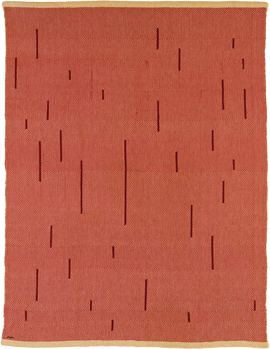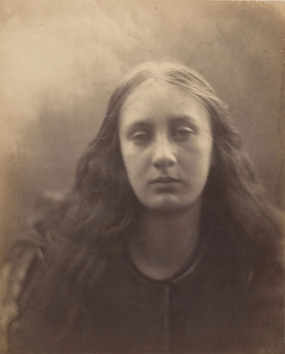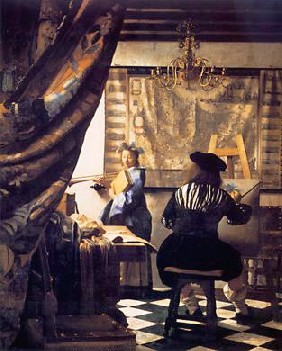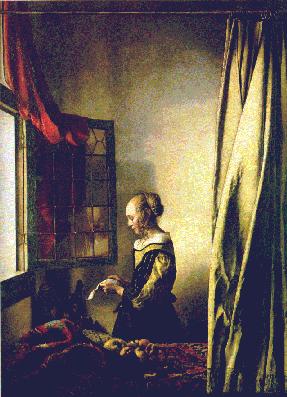9.15.25 — Outside Looking In
In 1953, when so many Americans completed their artistic education in Paris, and so many European refugees powered a new art in America, Beauford Delaney left New York for Europe. He had spent a life in motion, the perpetual outsider, but somehow it always kept him near the center of the action.
It had him, too, perpetually struggling for recognition and simply to survive. When he received an urging from James Baldwin to join the writer in Paris, he welcomed it, and he never turned his back. Not that the black artist’s emotional and financial struggle got any easier,  not even when he discovered postwar abstract art. Yet he was, says the Drawing Center, all along “In the Medium of Life,” through September 14.
not even when he discovered postwar abstract art. Yet he was, says the Drawing Center, all along “In the Medium of Life,” through September 14.
He had been through enough as it was. Born in 1901 in the Jim Crow South, he left Tennessee for art school in Boston, and he never entirely outgrew the past. He could literally not afford to do so. In New York since 1929, he made a living from portraits, on commission. It left him broke, but proud enough to turn his skills to those he knew best, including himself. An opening self-portrait shows him with a fleshy face and a cigarette, in early modern color, in a white work shirt. He was suspended between art’s past and future.
The young Beauford Delaney leaned to profiles, including a charcoal of an athlete in the illusion of the embossed image on a coin. Friends appear looser and more accomplished, and he had a gift for hooking up. He sketched leading black artists like himself, including Norman Lewis, Jacob Lawrence, and Romare Bearden, but also Alfred Stieglitz, Georgia O’Keeffe, and, in prose, Henry Miller. It did not make the struggle any easier. He mingled with the Harlem Renaissance but lived on the southern fringe of the West Village. He seemed to delight equally in being accepted and ignored.
The Drawing Center sets off a room for documentation. It includes a note from Al Hirschfeld, who became popular in the Sunday Times as the entertainment world’s contribution to art. The cartoonist does not sound like it here: tried and tried with no success. He could be speaking for Delaney. Still, the African American keeps turning up in all the right places.
He is in Yaddo, the artistic colony, and on Greene Street, in today’s Soho, checking out the traffic lights. He adopts fields of opaque color central to art from Stuart Davis to Pop Art. Yet he must have been looking by now not so much for success as for pure escape. He must have envied Baldwin’s ability to make a sensation. He must have identified with Baldwin as a gay male as well. They had been in touch ever since 1945.
Delaney did not remain altogether an outsider, serving as a professor in Paris. Just as important, there he adopted black abstraction. He approaches monochrome, in dabs of intense color though with one or more more peeking through—only one thing. He still makes portraits, especially self-portraits. 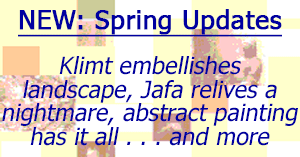 There, too, he stays constant in his jowly features and sharp color, in pastel, watercolor, and gouache. He might have become two artists, competing to define African American art.
There, too, he stays constant in his jowly features and sharp color, in pastel, watercolor, and gouache. He might have become two artists, competing to define African American art.
Far from New York, he explores African American identity as well. He experiments with mud color and red on bark. He studies African figuration. The more he turns to himself, the more, too, he approaches cartoons. He is still looking to what he had learned from Hirschfeld, but also from modern art. Just try to separate the impulses.
He was not altogether a failure, and he knew it. Someone flouting convention like Miller admired him no end. The survey gets the entire Drawing Center, including the back room and the basement lab. With today’s erosion of the separation between representation and abstraction, he has a new claim to relevance as well. His depression, though, only deepened after the death of Martin Luther King, Jr., and at his death in 1979 he was still on the outside looking in. Maybe that is the place to be.
Read more, now in a feature-length article on this site.

